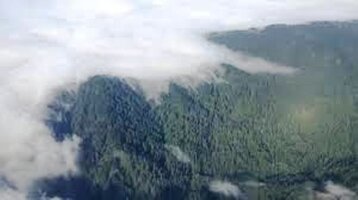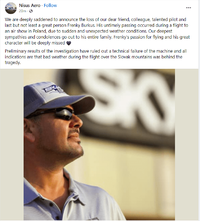TyroGyro
Junior Member
- Joined
- Sep 30, 2016
- Messages
- 577
- Location
- Liverpool, UK
- Aircraft
- MTOsport G-IROD
- Total Flight Time
- 150
Accident Nisus Aero Nisus OM-M199,
A Nisus Aero Nisus gyroplane went missing on flight from Topoľčany, Slovakia to Bielsko Biala, Poland. The sole person on the board was a Hungarian professional pilot. The wreck was fou...
aviation-safety.net
Condolences to all affected by this sad event.


